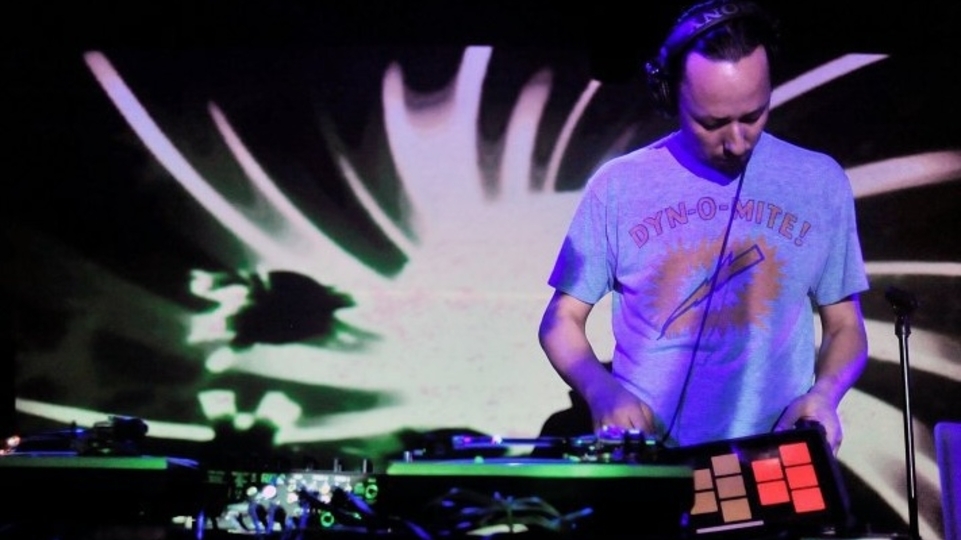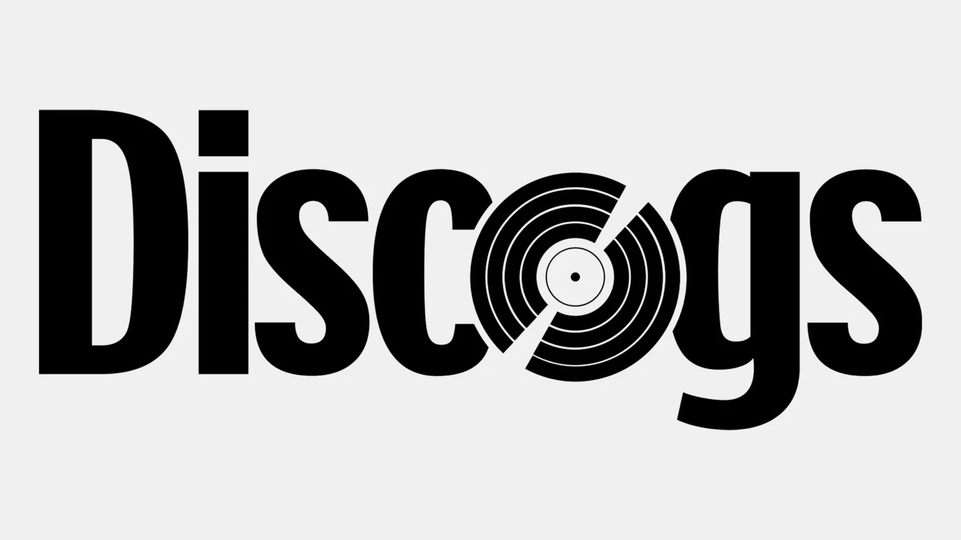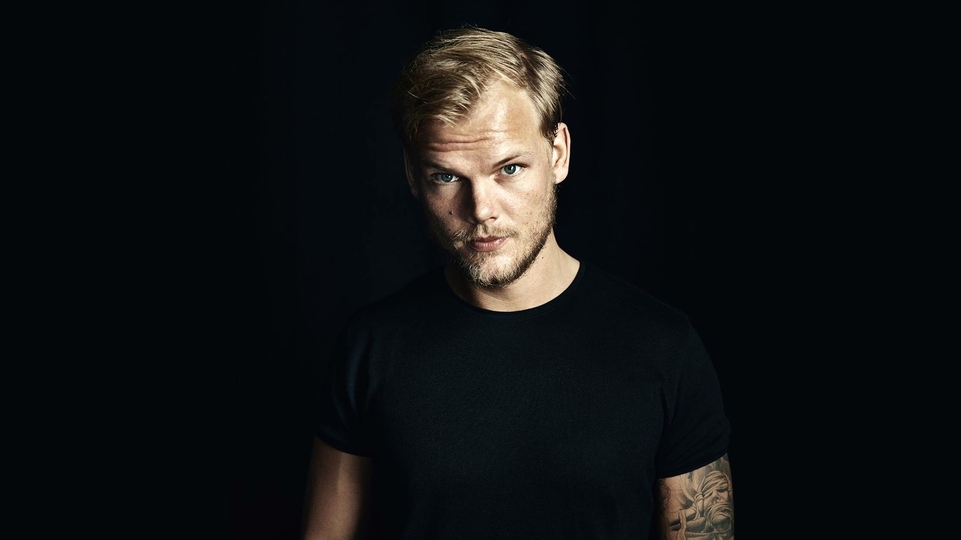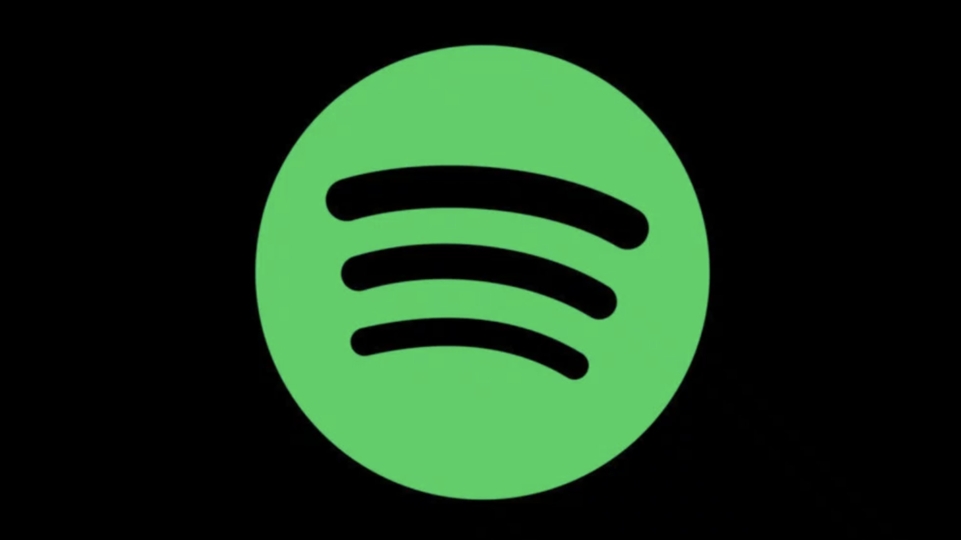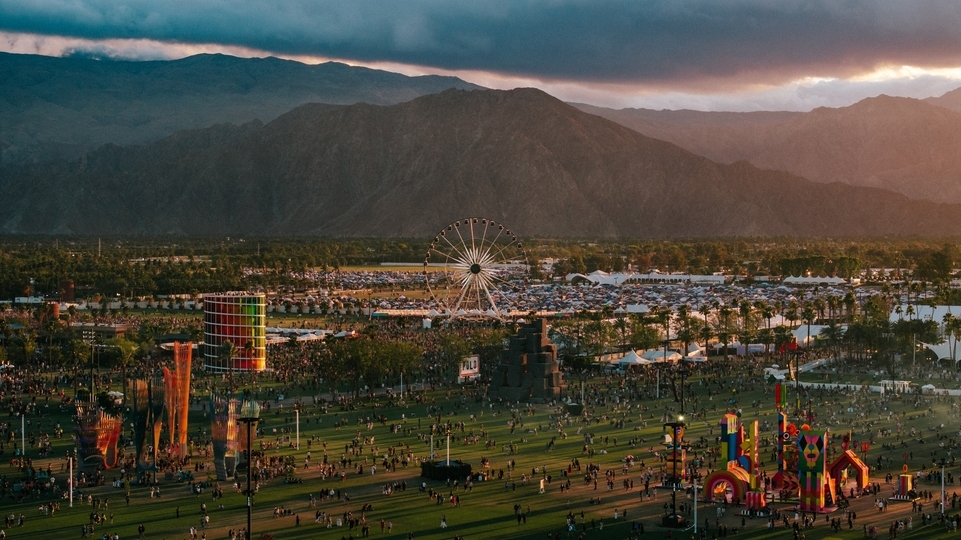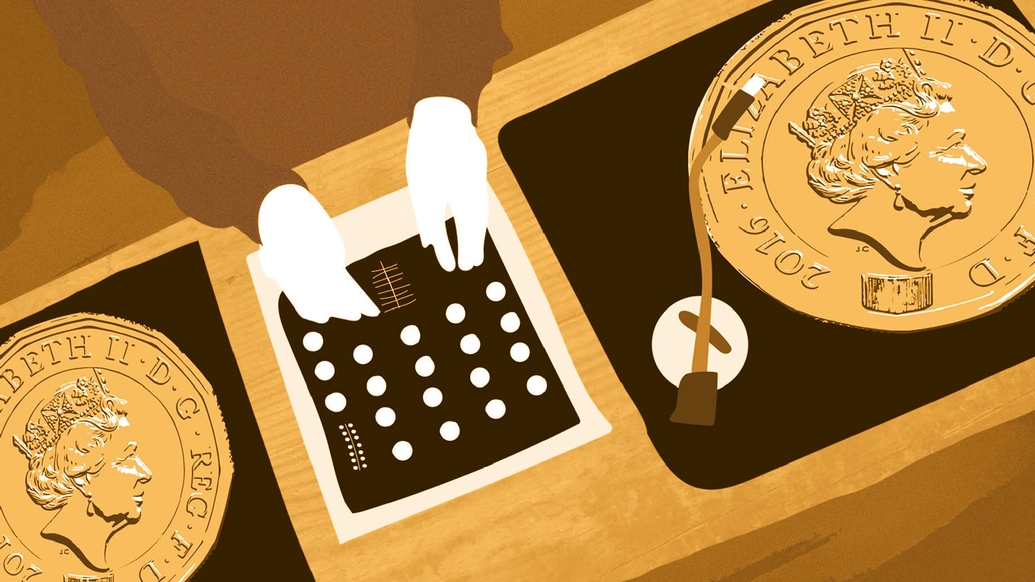
Producers are losing millions in royalties every year – here's what you can do about it
A lack of data, information, and will has left electronic music producers lagging way behind their commercial counterparts. DJ Mag outlines how that happened, how it can be fixed, and what happens next
In July 2018, DJ Mag published a feature on why streaming in the booth will change DJing forever. It included this: “It’s an open secret that producers are not being accurately paid. Exact numbers are hard to come by, but the Association for Electronic Music has earmarked £100m they feel needs to be correctly allocated. That’s a lot of money the independent music landscape is not seeing.”
It turns out these predictions around streaming were accurate. At ADE that October, Beatport announced that their six million strong catalogue would soon be available to stream directly to DJ software, and into DJ hardware, thanks to Denon. SoundCloud have also opened up their catalogue and playlists to users of Serato, VirtualDJ, and more.
Streaming companies leaned heavily on the fact that, finally, DJs and producers could be paid what they’re owed by global Performance Rights Organisations (PROs). The theory is that, in the future, using a mix of Shazam-style fingerprinting and metadata, music streamed directly from the cloud would automatically be linked to PRS for Music, the UK’s PRO, and one we’ll be referencing throughout this article. In real-time, the stream will be logged as a play in that club or festival stage, with the rights holder (i.e. the creator of the track) receiving money each time their music was played by a DJ anywhere in the world.
The theory is sound, but the reality isn’t just far off, it may never occur at all. But when it comes to getting paid, DJs, producers, and labels share some of the blame. Before we dive into facts, figures and acronyms, you’re probably wondering, ‘Why should I care about this?’ Royalties are for major labels, radio play, and huge artists with millions of streams per month, right? You might be a DJ who’s playing the local weekend circuit, and have a basic home studio with some KRKs and a cracked copy of Ableton. PRS is something you’d consider way down the line, if at all.
To explain why that’s the wrong approach, and why you’re cutting yourself out of potential income, you need to understand how PRS and PROs generally work, how it relates to DJing, and why we’ve ended up with millions of pounds a year that should be assigned to electronic music producers, like you, being given to the wrong people.
“An average setlist for a major electronic music festival such as Creamfields can be worth £250 per set”
ROYALTY PAYMENTS
The PRS website states that they “pay royalties to our members when their work is performed, broadcast, streamed, downloaded, reproduced, played in public, or used in film and TV.” That’s simple enough, but how does that relate to DJs? The key words are ‘played in public’. When a songwriter or band performs live, they’re generally playing their own music. They get their fee for performing, but if they’ve signed up to PRS, they also get another fee, because their music was ‘played in public’ and they are the writers of that music. (What that fee will be varies wildly depending on the venue or festival size.)
If you’re a DJ, this works differently. In theory, after every set, the DJ (or someone representing them) either writes down on a paper form what they played, or retroactively submits their setlist to the PRS website. For clubs, the rough calculation is around £10 per set. For dance music festivals, depending on the PRS tariff they are licensed under, roughly 3% of ticket sales are assigned to PRS as royalty payments. That’s then split among the number of days, stages, and hours the stages are open.
Let’s use an example: a one-day, 30,000 capacity festival. A ticket costs £50, and the festival is sold out:
30,000 guests @ £50 = £1.5 million in ticket sales
£1,500,000 / 100 x 3% = £45,000 PRS money
Divided by four stages = £11,250 total per stage
18 hours per stage = £625 an hour
Average of 12 tracks an hour = £52 per track
This is a very loose calculation. Stages would not be split equally in these sums – it depends on their size or capacity – but you get the idea of the kind of figures we’re talking about. A track doesn’t have to be signed to a label for it to be eligible, either. As long as it’s registered with a PRO, plays of it can earn its writer money, even if it’s played in another country.
During their Amplify campaign in 2014, PRS stated that: “An average setlist for a major electronic music festival such as [the now defunct] Glade or Creamfields (approx. 171 sets) can be worth £250 per set. This means a potential £85,500 is not being paid to the correct writers from these two events alone.” (These figures are fairly dated and PRS is working on providing updated numbers.) Consider how many festivals are held around the world each weekend, especially during the summer months. At a time when a lack of diverse revenue streams is forcing many producers to become DJs to make a living, income through PRS is available but not being paid to the right people – and PRS themselves admit it.
To understand how this has happened, we need to understand how PRS collects its data. One of those ways it does so is to send out agents to clubs from a third-party company called Maritz. These agents visit around 500 clubs a year and each visit lasts two hours. During a visit, an agent notes exactly what’s being played. PRS also analyse what radio stations are broadcasting with similar data to that collected in those clubs, and the two lists are used to make analogous data – only used in the absence of any other adequate reporting.
“27% of setlists were filled in at Creamfields, versus 95% at Reading or Leeds”
Greg Marshall, General Manager of the Association for Electronic Music (AFEM), explains why this happens. “From that set of analogous data, they look at what radio stations and broadcast stations, like Kiss FM or BBC Radio 1’s dance programming, are playing [similarly] to what was played in those clubs for those two hours. But the analogous radio broadcast data tends to favour the majors, because it’s radio.” The radio stations and shows used for this data are not made public by PRS.
If you’re struggling to remember the last time you played or heard a track in a club that’s currently being played on commercial radio, you’re not alone. As Marshall says, “A recent study by Spanish Music Recognition Tech company BMAT, who monitor over 200 radio stations and over 100 club venues in Spain, found that 60% of the music played in clubs is not played on the radio.” Historically, PRS’ data collection was even more inaccurate, having used BBC Radio 2’s playlists and Top 40 Album Charts to predict what was played in UK clubs.
John Truelove is a British DJ and producer. When he found out about this data collection method in the mid-’90s, he was horrified and decided to “start digging and seek to drive policy”. He now runs Truelove Publishing and is a PRS board member. The main policy he pushed was for PRS to start accepting setlists from DJs as well as bands. That way, DJs could fill in what songs they’re playing on any given night and PROs could use that data, alongside their analogous data from radio and club visits, to paint a more accurate picture of the clubbing landscape.
SETLISTS
In theory, filling in setlists is a solid plan. After all, it’s a well-established practice: bands happily fill in their setlists after a show, given that they personally benefit from the royalties accrued. For DJs, that’s where setlisting hits a snag – playing other people’s music means that DJs gain nothing from filling in setlists accurately. “It’s quite a unique thing in electronic music, where the set is going to change from gig to gig,” explains Truelove. “More often than not, there isn’t a manager to fill in the setlist, and there’s less of a vested interest on the part of the DJ to even submit [a setlist] because they’re playing much less of their own repertoire. The challenge for me is about how to overcome that – how to take it out of the hands of the DJ or electronic live act, in order to make it frictionless.”
Mark Lawrence was the Director of Membership at PRS until 2014 and is currently the Director of Black Rock Publishing. He estimates that only “27% of setlists were filled in at Creamfields, versus 95% at Reading or Leeds” when their audit was done in 2014. Ash Howard, PRS’s relationship manager for dance music, confirmed his concerns. At a recent Creamfields event in 2018, he told us that, “the setlist collectors directly approached in the region of 230 individual DJs, most of whom were unresponsive, resulting in only 10 setlists being provided to PRS for Music.”
This is a colossal own goal for dance music. It’s easy to point the finger at PRS for having a data collection system at odds with club culture, but expecting them to have a representative on hand to ensure that every DJ, in every club, is filling out their individual setlist, is far-fetched at best. Without supervision, though, and with no direct financial incentive for the DJ to fill in the form or for the promoter to ensure it’s done, it rarely is. Even if a DJ is well-meaning, it’s hard to imagine them removing themselves from the buzz of the party to fill in a paper form – and between marathon set times and 10,000-strong track collections on USBs, it’s unlikely that they’d remember every track that they played, even on the night.
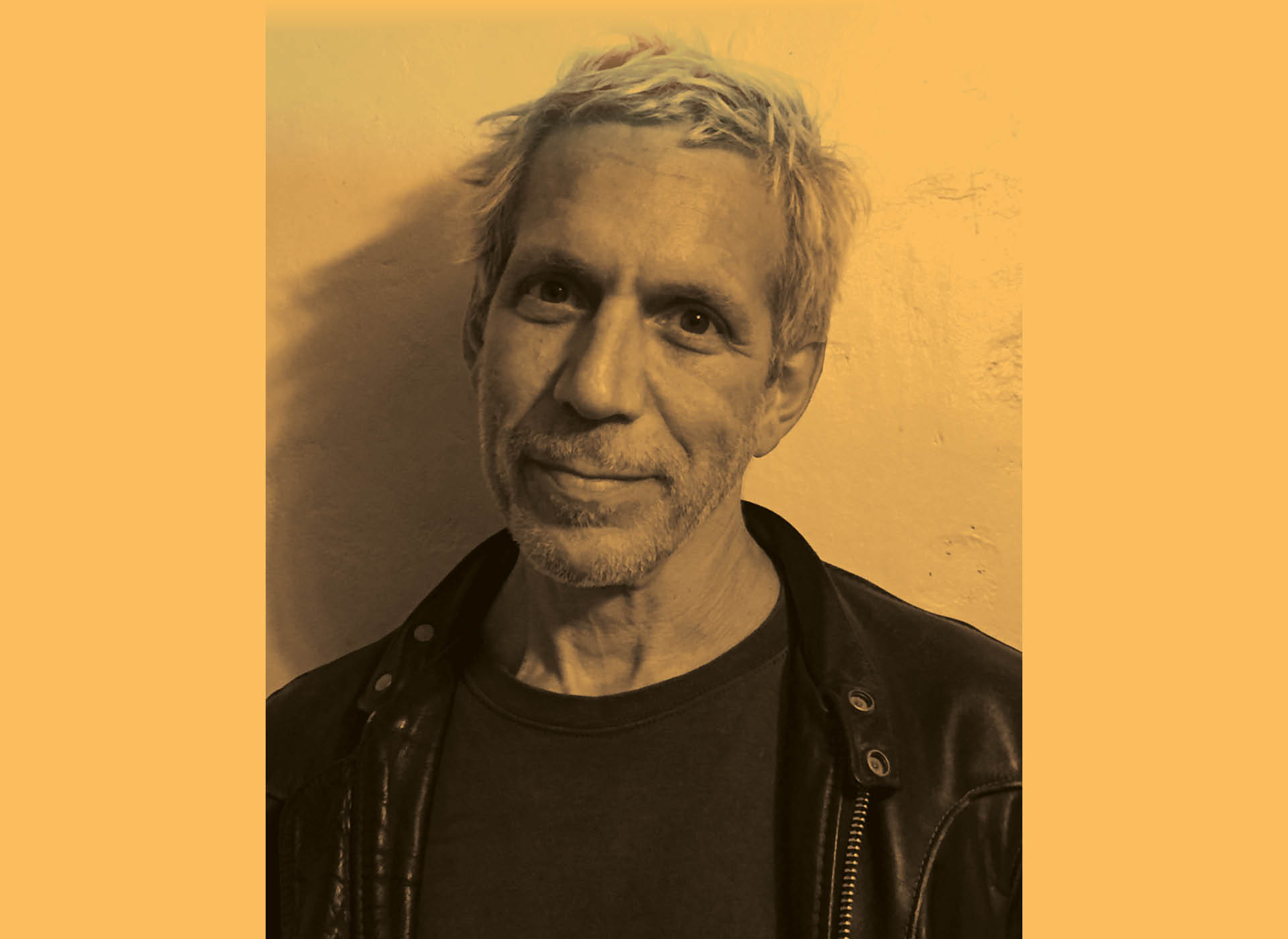
“Labels have a big part to play in this. Often, they just want to get the record out. They’re less concerned with the more intricate parts of the metadata. If they can just deliver... the bare minimum, they will do that. That makes it difficult for everyone” – John Truelove
The setlists that are submitted have their own problems, too. It’s an easy system to game and with up to £100 per track at stake at a big festival, there’s no reason that a DJ (or their manager) wouldn’t enter their own music to personally benefit from the royalties, regardless of what they really played. “Submitting incorrect setlists is technically fraud. If all DJs submitted their setlists regularly and accurately, it would benefit the entire ecosystem of dance music.”
Even if they filled it in to the best of their ability, with badly or inaccurately labelled mp3 file names, or tracks given to them by other producers, the data could easily be incomplete. “I’ll get a setlist through and there will be tracks marked as ‘Unknown’,” says Truelove. “And it’s like, ‘that doesn’t go into anyone’s pocket, all it does is contribute to bad data’. [The DJ] might not remember where it came from, who it’s by, or might tell us that ‘So-and-so gave it to me and I’m not allowed to say what it is’. Other bits are mash-ups, bootlegs that they’re understandably wary of exposing themselves to being involved in. There are so many generic titles, too. My company has nearly 50 songs called ‘Don’t Stop’ on our database. If we have 50, imagine how many dance tracks called ‘Don’t Stop’ there are worldwide.”
Until recently, the combination of setlist data and analogous data was all PROs had to go on. When AFEM launched their on-going ‘Get Played, Get Paid’ campaign in 2014, they estimated that £100m was being assigned to the wrong artists every year. We wanted to get more clarity on how the figure was calculated. Lawrence explains: “We took the known payments globally charged to clubs and festivals by PROs, then applied some averages based on PRS’s own numbers. [We included] the number of setlists reported at dance music events (roughly 27% of total sets), unregistered works in dance music (roughly 40% of the Beatport Top 100), and countries that don’t collect setlists and pay out over ‘other music’ (radio play, for example), and created a figure [of £100m] which we think, in practice, is probably conservative.”
Of course, that 27% setlist figure relies on the data being 100% accurate – which, as we’ve outlined, isn’t always the case. However, PRS heavily dispute this calculation, and are working on releasing their own figures in the near future.
It’s easy to point the finger at PRS and PROs – they’re the ones distributing the wealth. But PROs can do nothing without data, and that data isn’t being accurately delivered through the current system. While MRT works, it’s only been installed in 19 venues, so it’s not making enough of a difference right now. If MRT is the future, whose responsibility is it to pay for it? If the slow rollout of MRT is due to cost, surely it’s up to PRS to foot the bill to make sure their members are paid correctly?
“Our budget comes out of our members royalties [via admin fees],” Howard explains.“If you’re in a live jazz band, why would you want to pay for it? It’s not going to benefit you. Only a certain section of our members [those played by DJs in clubs and festivals] are enjoying the benefit of MRT. As a non-profit organisation, we have to be careful about where we pull those resources from."
It’s unfair, too, to blame PRS specifically – it’s a global effort, with DJs regularly playing four to five countries in a week. “That has a knock-on effect for our members. When our members’ music is playing in another country, we would like to see the benefit of MRT happening over there as well, because that money comes back to us,” continues Howard. “We’re not just identifying music for our [own] members, we’re identifying music for everyone. The technology is indiscriminate.
“If Martin Garrix is the most played artist at [London festival] SW4, Martin Garrix gets the money – and he’s represented by [Dutch PRO] BUMA in the Netherlands. The important thing is the right person gets the right amount of money. Some [global collection] societies are more pioneering, more visionary, than others. [Others are] either not able to, not interested, or they might not even know about it. It needs to be a global effort.”
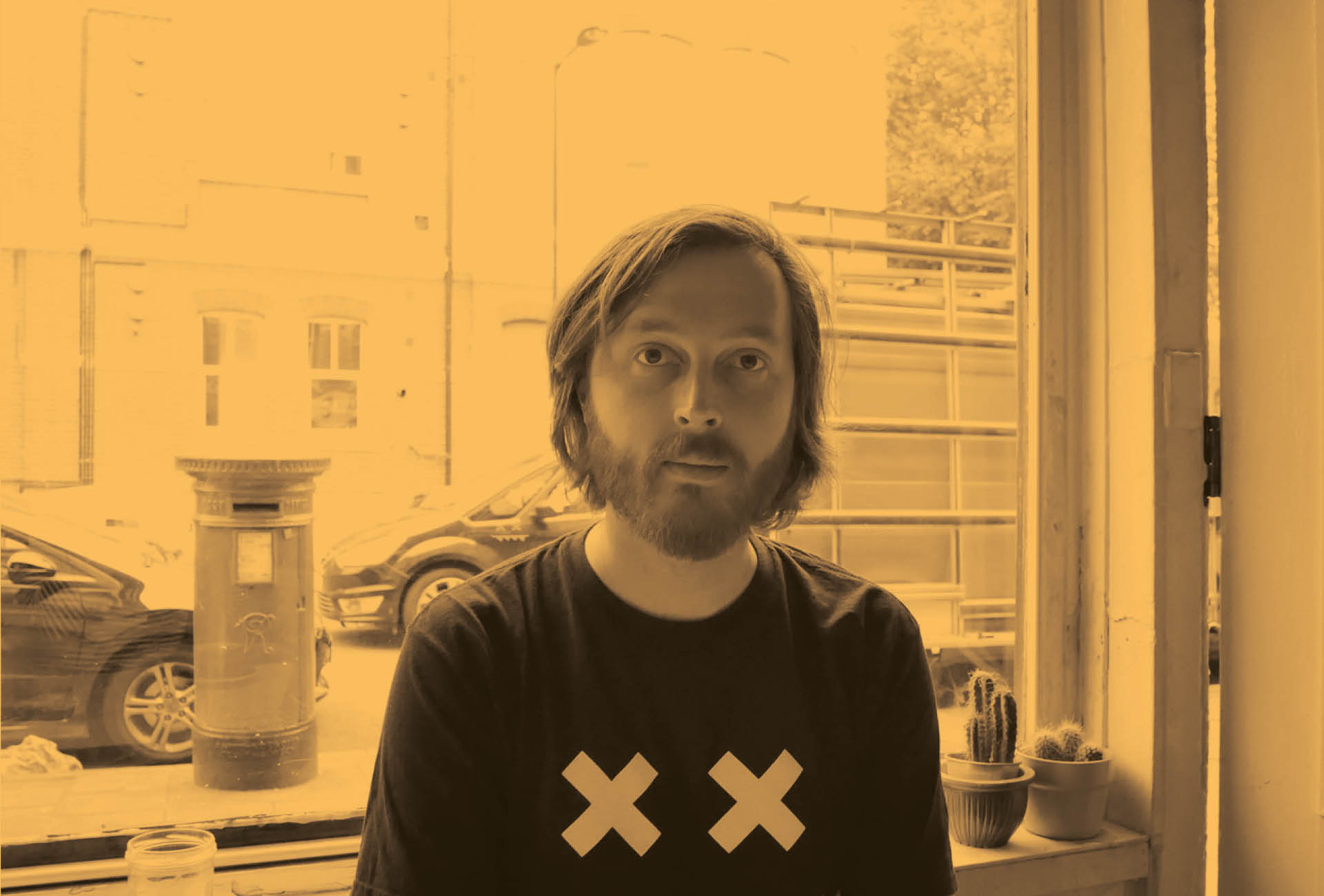
"These new methods give us a highly accurate picture of the music played in those 'underground' venues" – Ash Howard, PRS
MUSIC RECOGNITION TECHNOLOGY
In the last five years, new technology has allowed PROs to dramatically improve the accuracy of their data and payments. Using Music Recognition Technology (MRT), a technology similar to Shazam, PRS can monitor exactly what’s been played at any stage or club using a piece of hardware that's installed and alarmed in participating clubs and festivals. PRS currently use a company called DJMonitor to take care of the MRT in the UK. (You may have heard of Pioneer DJ’s KUVO system, a visible option in your rekordbox that allows you to share your setlists to a public profile. That’s used by some other PROs globally, but relies solely on ID3 tags, and doesn't perform any audio fingerprinting.)
MRT saves DJs from manually filling in their setlists, helps to prevent fraud, and is instantaneous. But due to the cost to implement the system, progress has been slow. PRS told us that they have only “32 devices installed in 19 venues” in the UK, and “have monitored five festivals during the 2018 season, [and] hope to increase the numbers of stages and festivals where we use MRT to collect DJ setlists in 2020.”
Despite the slow progress, the MRT success rate is staggering compared to the previous system. “The first festival monitoring we did was in 2017,” says Howard from PRS. “We didn’t tell the setlist collectors that MRT was running – we just asked them to do their job as normal. On three of the stages, we ran the MRT so that we could form a case to say, ‘This is why you need MRT' at DJ events and festivals.’ The setlist collectors should have collected in the region of 230 individual setlists. They came back with 10 setlists and about 150 email addresses: [of DJs or managers who] said ‘I’m not willing to give you a setlist here and now, but send me an email and I’ll send it to you after the event’.
“We sent emails to all of those addresses and around a quarter of them bounced. Only about 15 out of the 150 followed through and sent us a setlist. It totally validated the MRT, which identified over 90% of the music that was played. The DJs didn’t have to do anything, but people got paid because of it.”
Sounds great, right? Problem solved. Well, not exactly. Even if the MRT is running, there are problems when it comes to metadata. “KUVO data, for example, is entirely dependent on what’s in the ID3 tag of an MP3 file, or additional data the DJ has inputted into rekordbox,” says Howard. “If the music has been downloaded from a reputable online store with good metadata, the resulting info is likely to be of a good standard, but otherwise it can be very poor. The joining up of master and publishing metadata is one of the industry’s biggest problems.”
This issue isn’t unique to dance music. An article on metadata published in The Verge this May highlights the issue as industry-wide, deeming it a “crisis”. Even if 100% of the setlist data from all clubs and festivals is collected using MRT – something Howard admits may never happen due to budget constraints and practicalities – there’s nothing to say that the problem will be solved. Just because the track has been identified by MRT, if it hasn't been registered properly, or at all, PRS can't distribute its royalties.
“Labels have a big part to play in this,” reflects Truelove. “Often, they just want to get the record out. They’re less concerned with the more intricate parts of the metadata [such as ‘composer’, ‘producer’, or ‘lyrics’ where relevant]. If they can just deliver stuff with ‘artist name’, ‘title’, and an ‘ISRC’ number [a digital barcode] – which is the bare minimum – they will do that. That makes it difficult for everyone. And if you try to make it mandatory, people will just stick in any old shit just to get [the track] through the system.”
“Many small artists write tracks that are big in the clubs and festivals, but they sell so little copies that there’s next to no profit for them. It’s a question of ethics and effort to get this cash to the artists [to whom] it’s due” – Posthuman
WHAT CAN YOU DO?
Setlists and analogous data only tell a small part of the story, and can be easily gamed – though PRS stress that this is fraud, and that they and other PROs do and will prosecute. MRT is only in a very small number of venues, or isn’t used at all. Cloud DJing will go somewhat towards solving the issue, but it’s a long way off being widely adopted – or adopted at all – and when it is, it relies on accurate metadata. So, what can be done, right now, to make sure you and others get paid accurately? Established artists employ teams to ensure they’re being paid, especially if they crossover with mainstream radio play, but it’s in the underground clubs where the newest, unsigned music is played.
PROs may be right when they assume your provincial discotheque is playing the Top 40, but you’re less likely to hear the same tracks every night in an underground club, something that PRS confirms. “The takeaway from the data from those [underground] venues is that there’s definitely less repetition, which means we need to monitor more of them. These new methods give us a highly accurate picture of the music played in those venues.”
The number one thing any electronic music producer can do now is to register with a PRO. If you’re not registered, or your tracks aren’t registered, you will get nothing – that’s the one constant here. As mentioned above, the most recent figures from AFEM suggest that, at any given time, 40% of the Beatport Top 100 is not eligible to get royalties. Another huge own goal. If you’re a DJ, submit your setlists. If you don’t get a form, you can do it retrospectively online, for free (go to prsformusic.com for more information) for up to 12 months after a gig. And if you don’t remember everything, that’s fine.
“My advice to people is that you fill in a representative setlist of a period of time. The very minimum you should be doing is once a year, but ideally every three months. Just put the [tracks] you’re playing most of the time,” Howard explains. If you can’t remember what you played or when you played it, your rekordbox histories are your friend. Plug in your USB, select ‘histories’ from the dropdown menu, and you can revisit every setlist that USB was used for. You can also share it to your Public KUVO profile.
DJ, producer and label owner Posthuman – whose recent tweets sparked an awareness drive around submitting setlists and DJ/producer royalties – summed it up as so: “Many small artists write tracks that are big in the clubs and festivals, but they sell so little copies that there’s next to no profit for them. It could really make a difference, and it would cost DJs nothing to do except a little time and effort. It’s a question of ethics and effort to get this cash to the artists [to whom] it’s due.”
Whether you think the current system is ‘broken’ or simply a product of a complex and somewhat dated necessity, the fact remains that, at a time when revenue streams for DIY and independent music producers are extremely narrow, the money they’re due is not making its way to their pockets. No one disputes that, but how much of it ends up in the wrong place is up to the industry as a whole.
No one body, group or organisation is to blame, and where there’s money at stake, there’ll always be gatekeepers trying to retain the status quo that benefits them, or who’ll point the finger to avoid culpability. PRS is trying to solve the problem, but without data, it can’t take a case study to its board to change policy to help do so. That data comes from DJs, especially those playing the underground circuit.
If that’s you, and you’re jaded by PROs, or feel they’re weighted in favour of the majors, you’re condemning the situation to remain stagnant. “Not submitting a setlist because you feel PRS is stacked towards the majors, means PRS will continue to be stacked towards the majors,” says Mark Lawrence. “That’s the point that hurts the industry the most. Where I’ll share some cynicism with cynics is, PRS are getting the money anyway, and [if] people choose not to report setlists and choose not to be accurate, that money will be distributed anyway. It’s up to us to make it accurate.”

